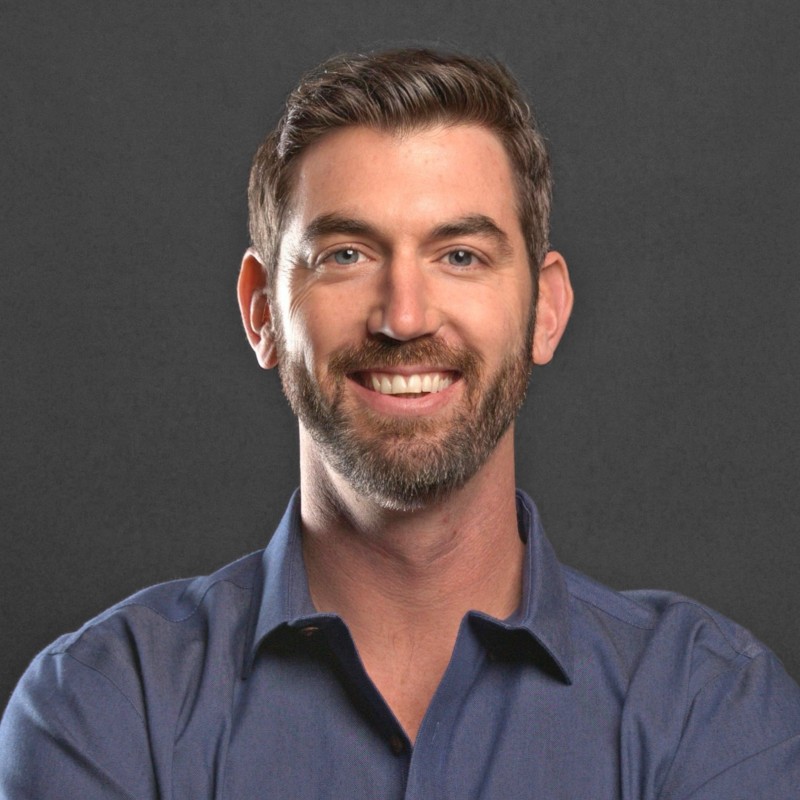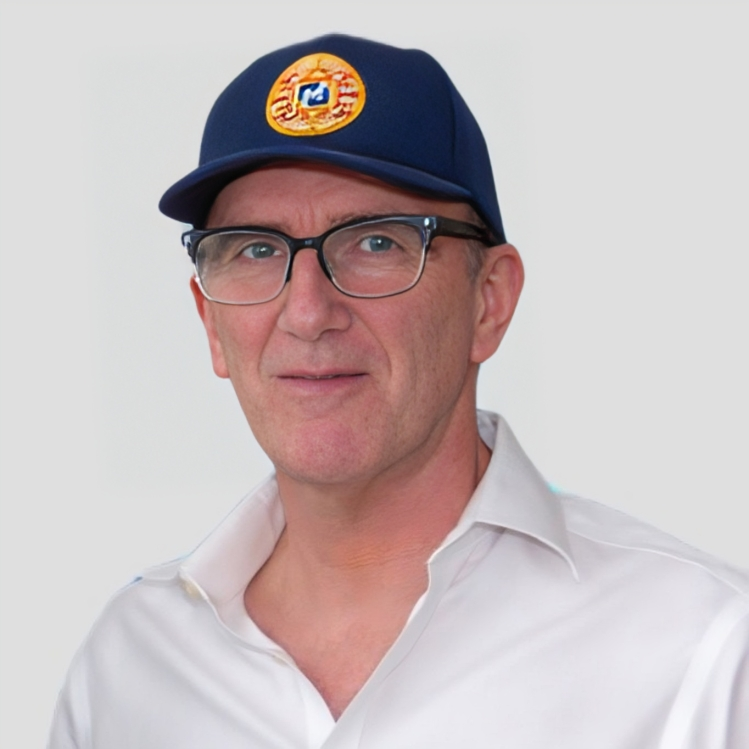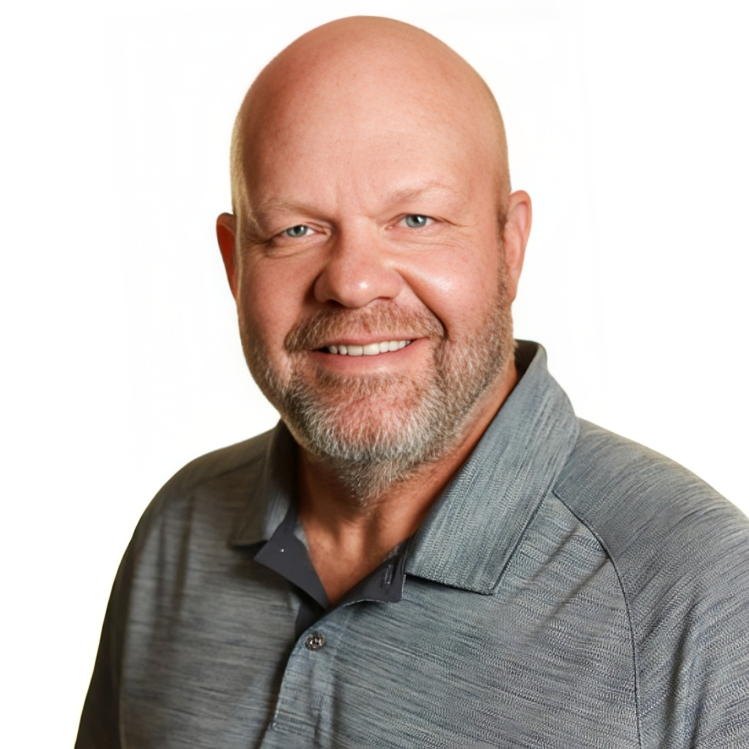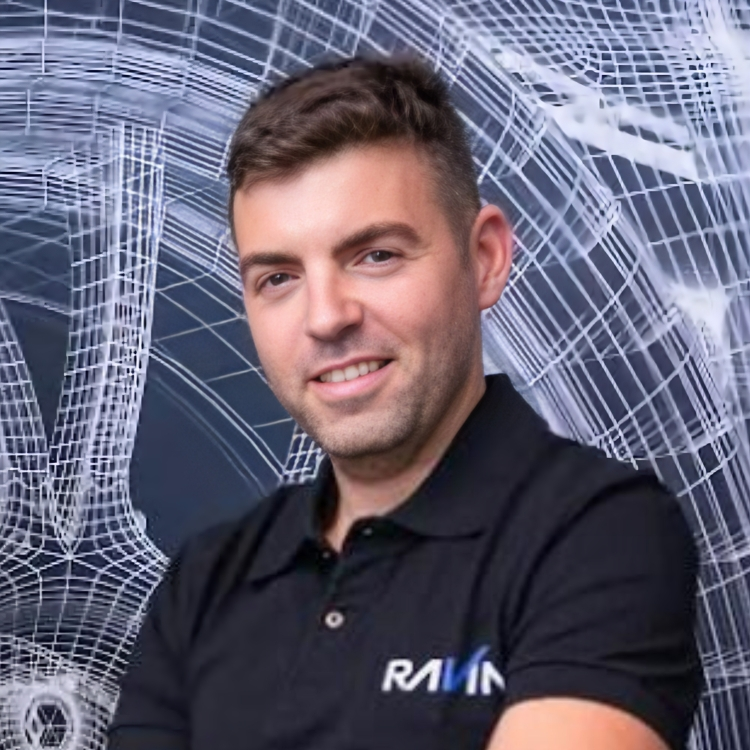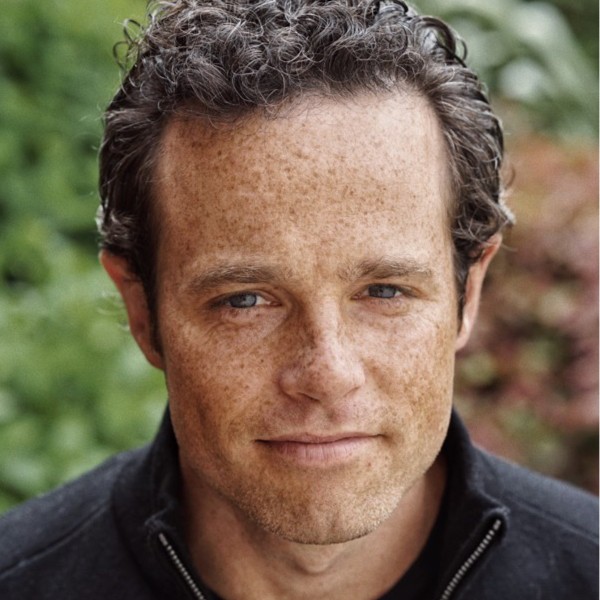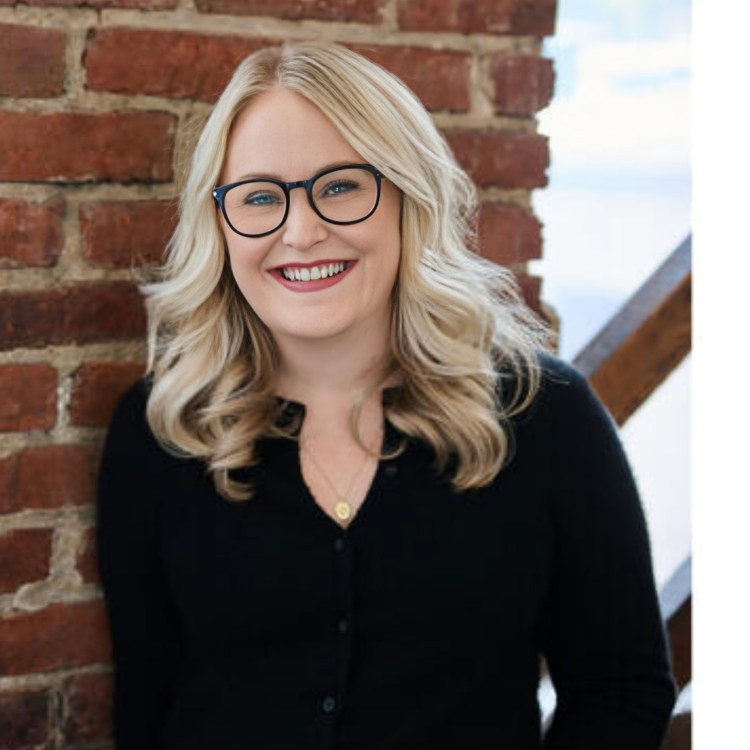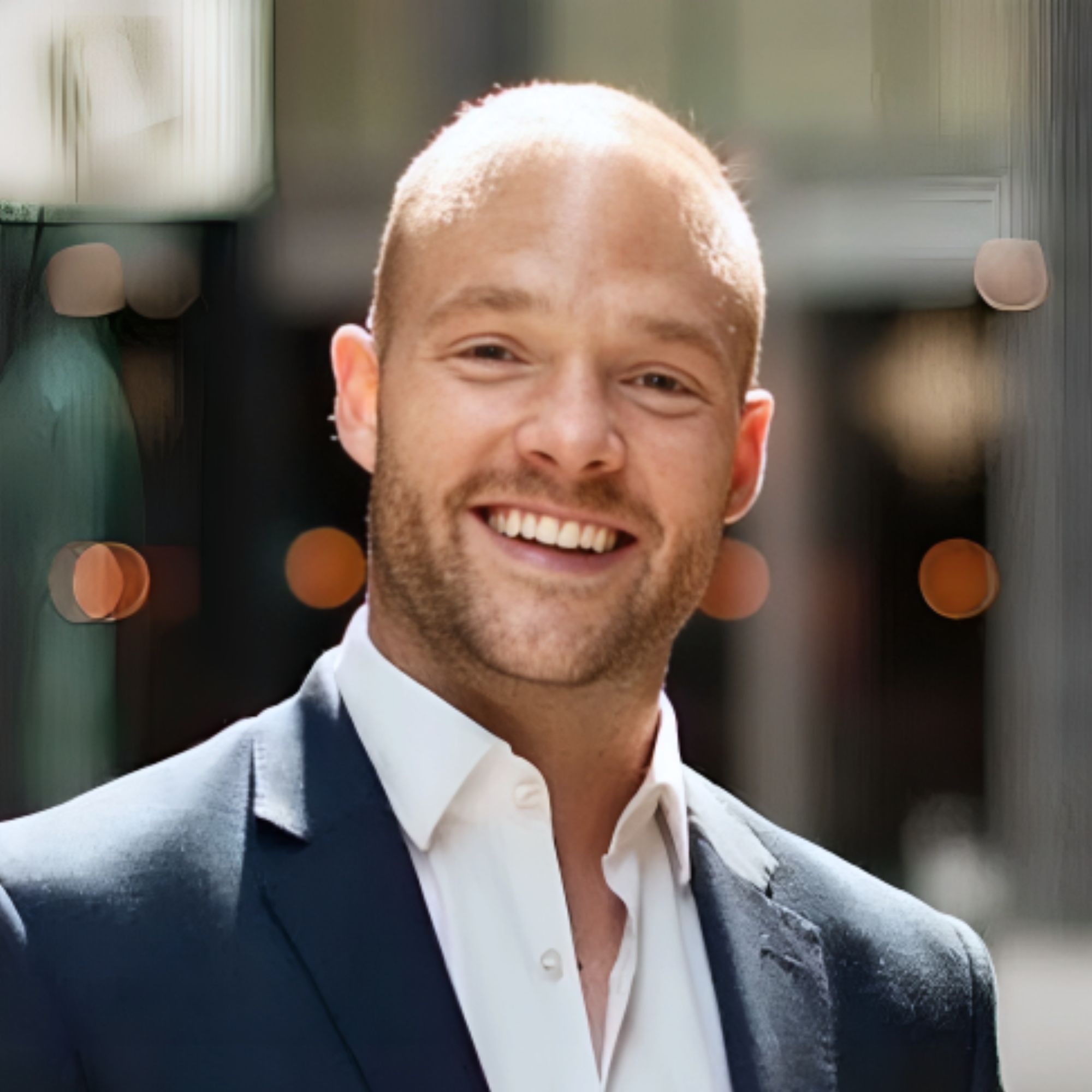Ready to launch your own podcast? Book a strategy call.
Frontlines.io | Where B2B Founders Talk GTM.
Strategic Communications Advisory For Visionary Founders
Conversation
Highlights
From Physics Labs to InsurTech: How Kalepa’s Founder Is Reshaping Insurance Underwriting
Insurance underwriting hasn’t fundamentally changed since the days when merchants gathered at Lloyd’s Coffee House in London to spread their risk across maritime voyages. In a recent episode of Category Visionaries, Paul Monasterio shares how his unconventional background as a nucleophysicist led him to tackle this centuries-old industry with a fresh perspective.
The origin of Kalepa stems not from insurance industry experience, but from Paul’s work at Applied Predictive Technologies (APT). “We work with a lot of financial services companies, certainly banking elsewhere, but we also work with a lot of the largest carriers, insurance carriers in the world, US, UK, and in Australia,” Paul explains. This outsider perspective allowed him to spot inefficiencies that industry veterans might have accepted as unchangeable.
Rather than viewing insurance as just another financial service, Paul saw parallels with his scientific background. “I’m a scientist by training and insurance is the one industry that was taking data seriously hundreds of years prior to calculators,” he notes. “Those folks were collecting information about losses and about frequency of different types of outcomes by hand on pieces of paper hundreds of years ago.”
But breaking into a traditional industry as an outsider requires a delicate balance. Paul emphasizes their approach: “We do combine that view of outsiders and tech focus and really understanding what you can do versus what it’s being done now, but with a lot of humility for the hard work that the underwriters and insurance companies are doing day to day.”
This balanced approach has shaped Kalepa’s go-to-market strategy. Instead of making grandiose claims about transforming the industry, they focus on delivering immediate, tangible value. “When we do a demo for a client, we ask them, just send us a submission. Send us a risk that just came to your desk. Let’s just do it on that,” Paul explains. This approach creates instant validation: “There’s a wow moment when they can basically see, okay, this is not smoke and mirrors.”
In an era where AI hype dominates tech conversations, Paul’s team has taken a different approach. “There’s a ton of hype. Anything touched by AI today is full of hype. And frankly, a lot of stuff that I see out there seems as if ChatGPT has been writing the announcements as opposed to actual real powerful dialogue of how we can leverage this technology to add real value.”
Their focus on practical value creation has paid off. The company has doubled its customer base in the last six months, driven by market conditions and their product evolution. “We’re seeing a lot of hardening in the market. We’re seeing that it’s more difficult to write insurance that increases demand for solutions like Copilot,” Paul notes.
For founders entering traditional industries, Paul emphasizes two critical lessons. First, choose your early customers carefully: “Think very carefully in the early days who your early customers are… it is critical that those early customers share your vision.” Second, don’t go it alone. “As a Founder, I cannot emphasize that point enough… founding company has a lot of ups and downs and the solo journey will be tough.”
Looking ahead, Paul sees insurance as more than just a business opportunity. “When insurance works well, it is an engine of innovation… If people don’t feel comfortable with taking risk because they don’t know who’s going to take care of them when things go sideways, they just don’t.” This vision drives Kalepa’s mission to transform a trillion-dollar industry, one underwriting decision at a time.
For technical founders eyeing traditional industries, Paul’s journey offers a masterclass in combining innovation with respect for industry fundamentals. His approach shows how outsiders can drive meaningful transformation by focusing on immediate value creation over technological hype, and by building bridges rather than burning them.
Actionable
Takeaways
Combine Outsider Perspective with Industry Humility:
Paul's journey illustrates the power of bringing an outsider's lens to an industry, drawing on patterns from adjacent domains to spot opportunities for innovation. However, he balances this with deep respect for the institutional knowledge within insurance. Founders should embrace their fresh perspectives while maintaining humility for what industry veterans have gotten right. This balance of naivete and deference can yield potent insights.
Tie AI Advances to Measurable Business Impact:
In an era of generative AI hype, Kalepa differentiated itself by rigorously linking its machine learning models to concrete improvements in underwriting decisions. Paul emphasizes the importance of explainability, allowing users to understand and refine the AI's recommendations. Founders applying AI should prioritize measurable outcomes over opaque models, ensuring solutions tangibly advance business metrics.
Deliver a "Minimum Unit of Value" to Accelerate Adoption:
Kalepa shifted its go-to-market approach to focus on delivering rapid time-to-value, aiming to demonstrate a clear "wow moment" for clients within days, not months. By structuring offerings around a "minimum unit of value," founders can shorten sales cycles, build trust quickly, and create evangelists. This approach seeds the market for future expansion while mitigating adoption friction.
Choose Co-Founders and Early Customers Wisely:
Reflecting on his journey, Paul stresses the immense value of having a co-founder to weather the ups and downs of entrepreneurship. Solo founders should carefully consider partnering to bolster resilience. Similarly, he advises founders to be highly strategic in selecting early customers, seeking those who share their vision and can provide valuable product feedback. The right early partners create ripple effects that shape the venture's trajectory.
Frame Your Vision in Terms of Societal Impact:
Paul articulates Kalepa's vision in terms of insurance's role as an enabler of innovation and risk-taking in the broader economy. By framing the startup's success as a catalyst for unlocking societal benefits, he provides a unifying narrative that transcends dry metrics. Founders should strive to connect their mission to a larger purpose that energizes both internal and external stakeholders. Anchoring your vision in meaningful impact inspires evangelism and persistence.



